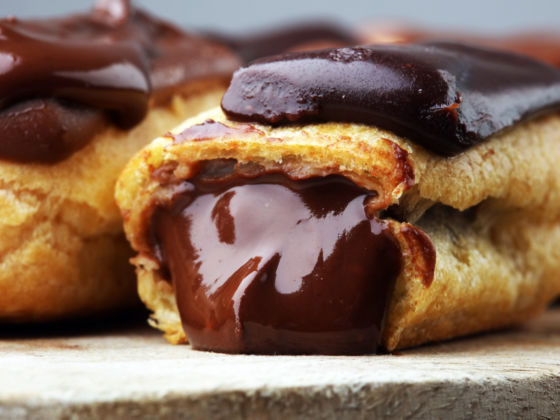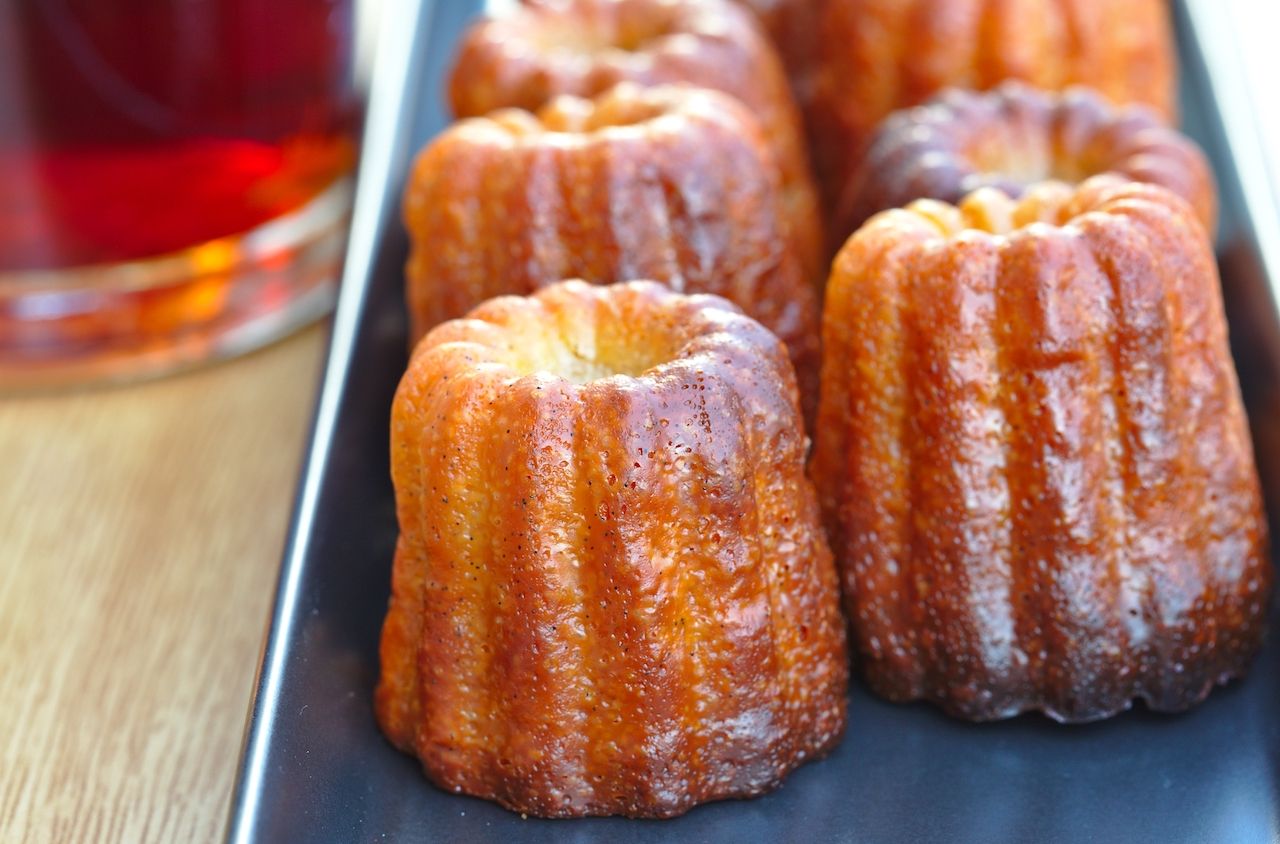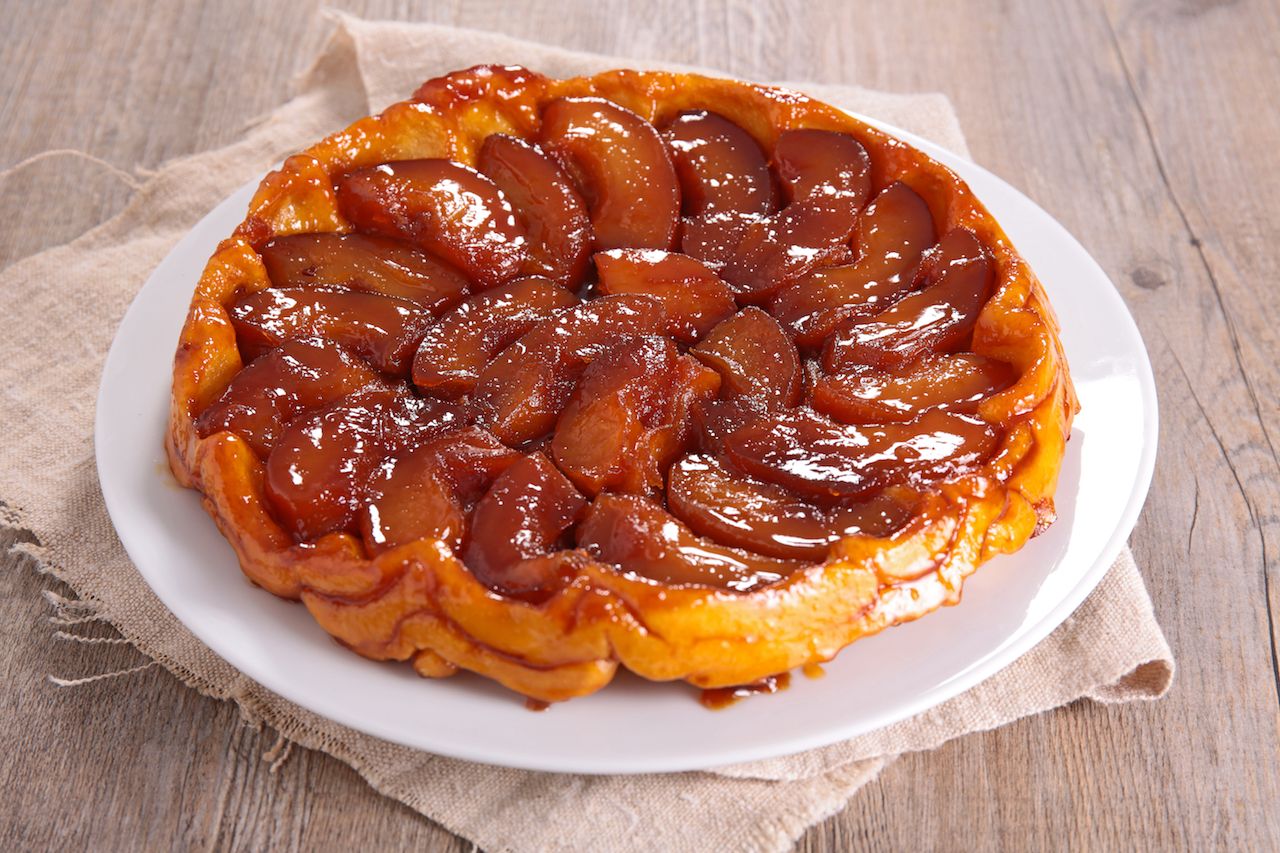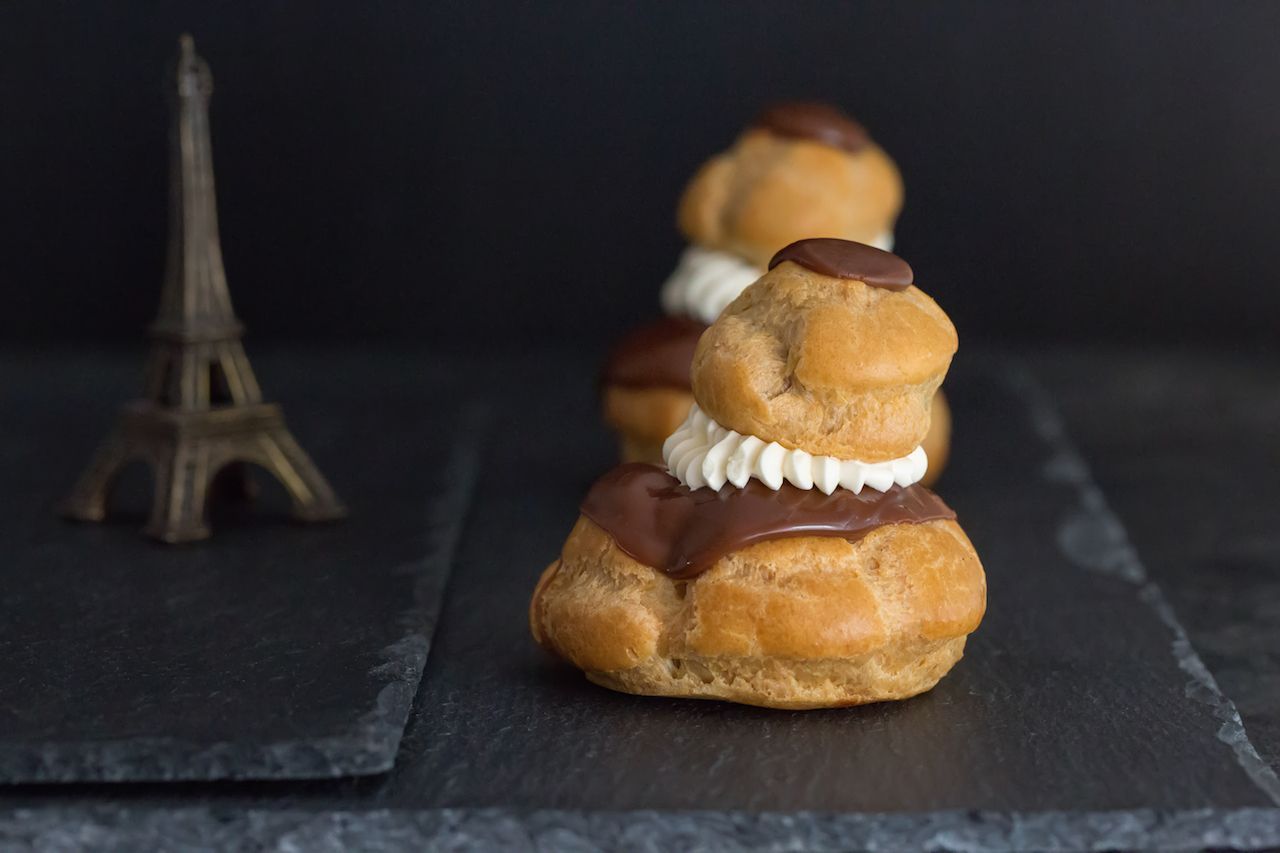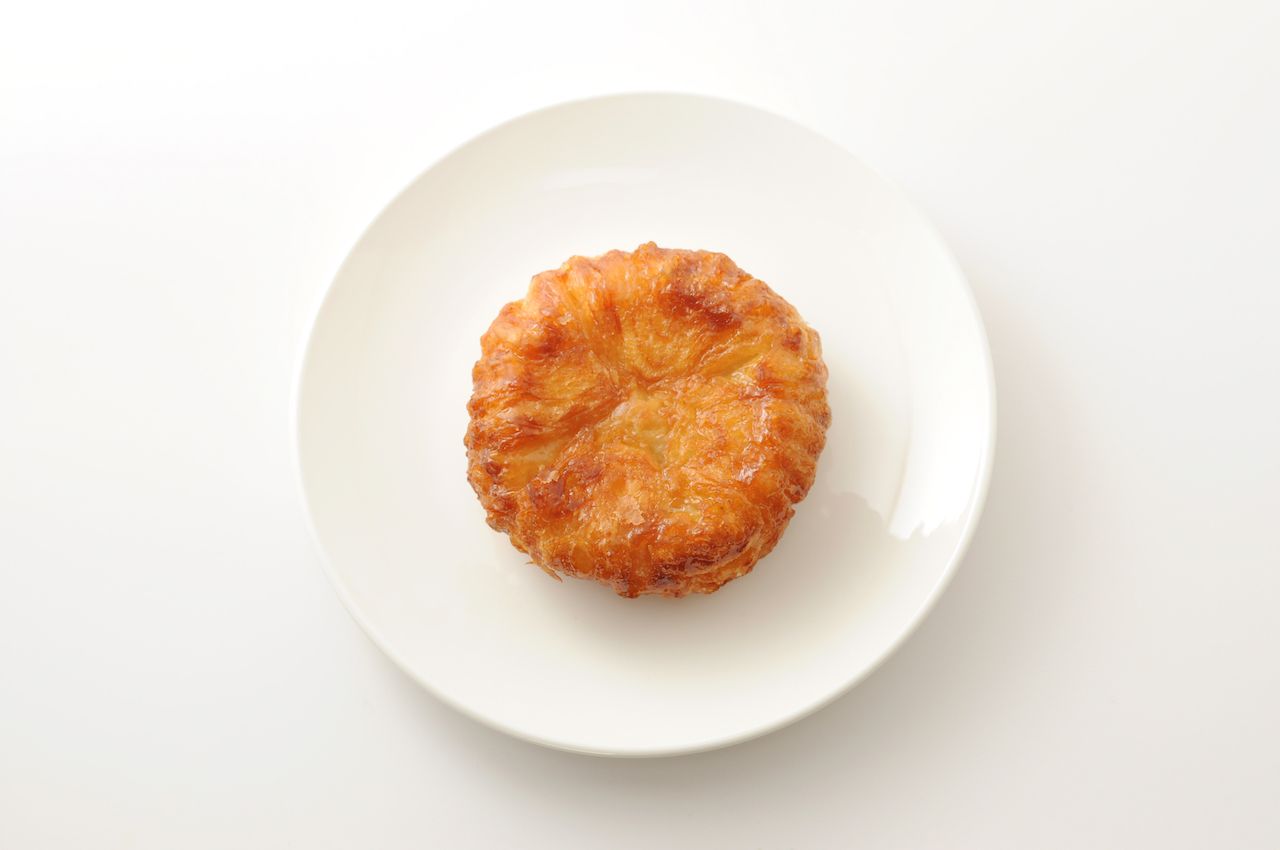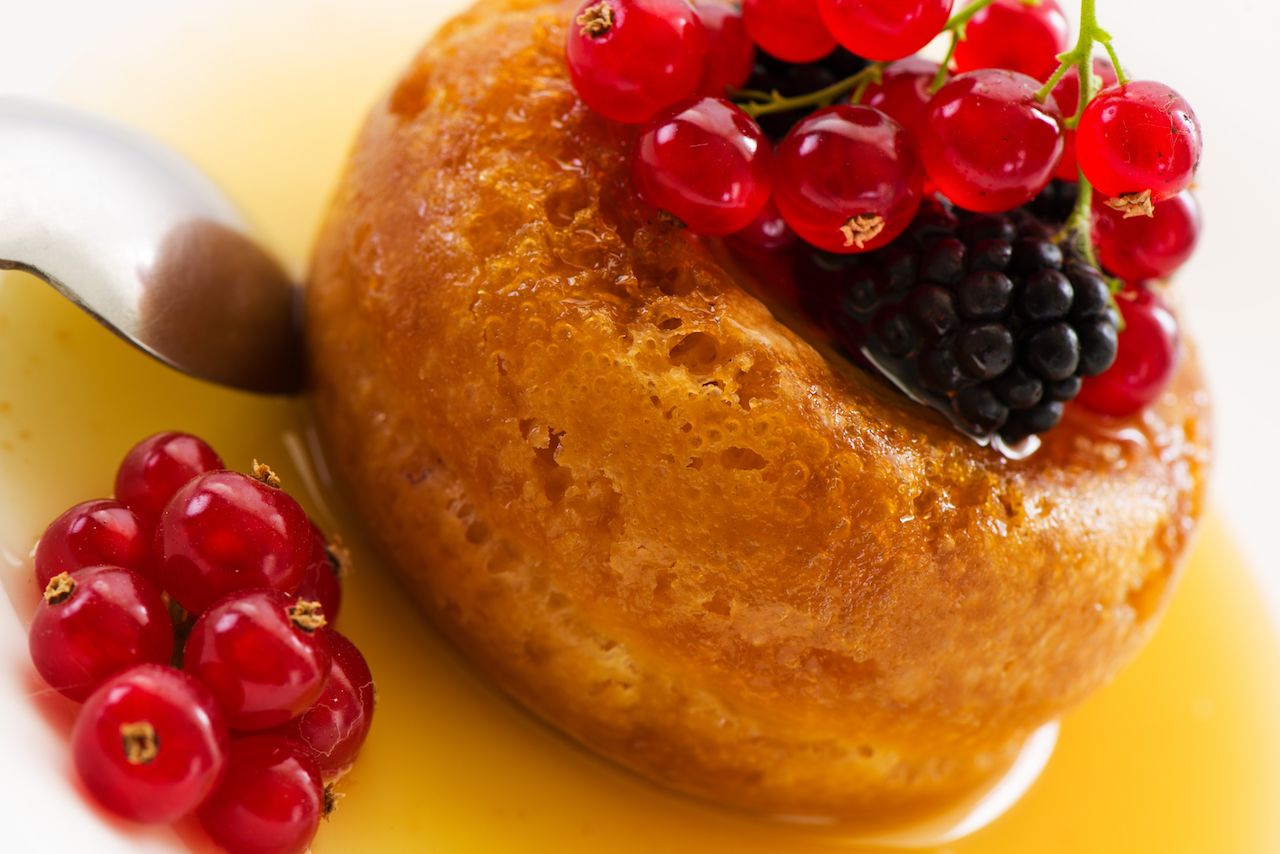If there’s one thing you’re sure to never be disappointed with in France, it’s sweet treats. There’s a bakery (boulangerie or pâtisserie) on every street corner, so you’ll never go hungry or have low blood sugar — but expect to go up one pant size after your trip. If you only know about macarons, you’re missing out on hundreds of different pastries to try in France. So to make things easy for you, we selected the ones that you will be able to find all over the country, no matter the bakery. As a French person with a sweet tooth and a last name that proves I am an expert in this field, you can be sure that this compilation of the 7 most delicious pastries in France will be up to snuff.
Editor’s Note: For the purpose of this article, we included what the French call “pâtisseries” (pastries and cakes) and “viennoiseries” (bread-based pastries) under the umbrella of “pastries”.
